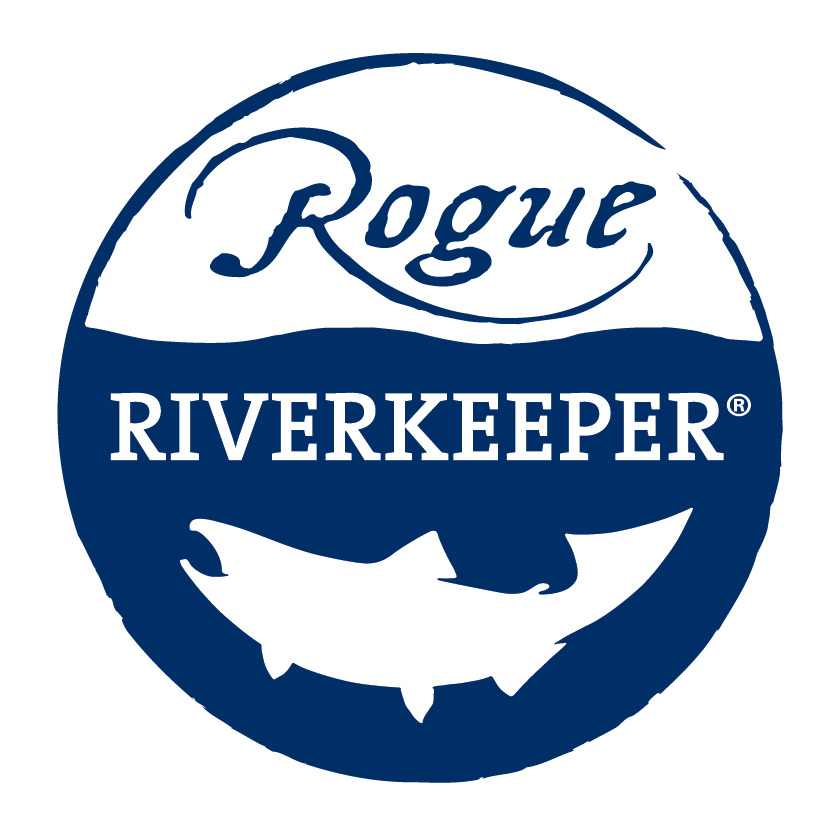Riparian Landscape Management
What are riparian areas and why restore them?
Riparian areas (areas on or near the bank of a river, or other body of water) are transition areas between terrestrial and aquatic ecosystems and are typically highly productive areas for both aquatic and terrestrial plants and animals. The benefits of riparian ecosystems include improved terrestrial and aquatic habitats, bank stabilization, maintenance of cooler stream temperatures, and other functions that improve water quality. These areas between terrestrial and aquatic ecosystems act as buffers that filter pollutants and ensure high water quality and cool water sources for fish and drinking water.
Riparian areas that are vulnerable to uncharacteristic high-severity fire (due to unnaturally high fuel levels, tree densities, and seasonal dry conditions) may benefit from practices more typical of upland fuel reduction treatments to promote resilience to wildfire. Treatments that reduce tree and brush density allow more light to reach the forest floor and can have positive effects on understory plant diversity and aquatic productivity in some riparian areas. For example, riparian areas with cottonwood, Oregon ash, and other key hardwood species provide important habitat for wildlife species. Many of the characteristic hardwood species common to riparian areas tend to bounce back quickly from fire.
How does wildfire affect riparian areas?
The Rogue Valley metropolitan area consists of several towns and cities, including Grants Pass, White City, Medford, and Ashland, all of which contain long riparian corridors that snake through the urban landscape due the presence of the Rogue River and many tributaries such as Bear Creek.
Streams and riparian areas naturally evolved with wildfire similar to the rest of the landscape. Changes in vegetation are important for maintaining riparian habitat biodiversity, just like in upland forests. Natural erosion, which can be increased in riparian areas after a fire, can help maintain stream productivity when it adds critical salmonid habitat in the form of gravel and woody debris. However, severely burned hillslopes are more likely to generate water and sediment that can lead to flooding, erosion of small particles like silt and soil, and debris flows, all of which can pose short-term threats to people and infrastructure and longer term threats to aquatic habitat. Significant increases in sedimentation rates may negatively affect sensitive aquatic organisms and reservoir water quality and capacity.
How do you properly manage riparian areas?
Call before you act! Several laws and ordinances regulate what and when certain types of work may take place within riparian corridors. To avoid disruption to nesting birds, Oregon Department of Fish and Wildlife’s standard recommendation is to avoid removing vegetation between April 1 and July 31. The best time to start planning vegetation maintenance in the riparian corridor on your property is August. All municipalities are subject to county riparian corridor protections but some may have additional requirements specific to the municipality. In all of Jackson County and Josephine County, non-native vegetation may be removed and replaced with native vegetation when following a Riparian Landscape Plan approved by the Oregon Department of Fish and Wildlife (ODFW). You can find a biologist to answer your questions about riparian vegetation management by contacting the ODFW Rogue Watershed District Office in Central Point, which can also tell you setback requirements based on your stream classification..
Developing a plan for managing a riparian area is important before doing any on the ground work and is required in both Jackson and Josephine counties. ODFW staff are eager to work with the public on developing a plant removal and planting plan to restore your riparian area. By planting native trees and shrubs in the riparian zone on your property, you are providing numerous benefits to the landscape around your property. Native species improve habitat for birds, mammals, fish and other aquatic animals, and protect the water quality of our beautiful streams.
If you have a riparian area on your property and would like to start developing a Riparian Landscape Plan for vegetation removal call your local ODFW Office at (541) 826-8774.



